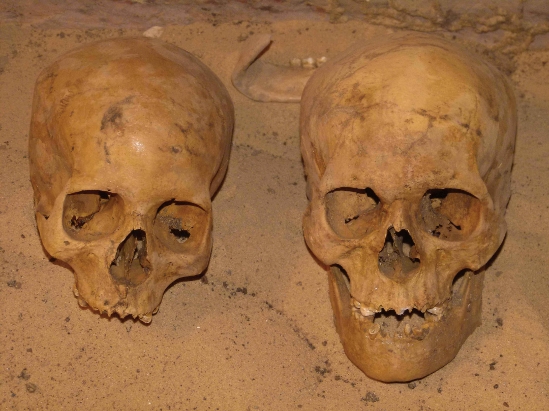Wealthy Ancient Egyptians Suffered Disease

Even the best-off ancient Egyptians suffered from malnutrition and preventable disease, a new analysis of mummies and skeletons finds.
The bodies come from the Qubbet el-Hawa necropolis, which is near the modern city of Aswan in southern Egypt. Constructed in the 12th dynasty (between 1939 B.C. and 1760 B.C.) and re-used in later periods, the necropolis contains remains of people from across the social spectrum.
An analysis of more than 200 of these bodies, which has not yet been published in a peer-reviewed journal, finds that wealth did not necessarily buy health in ancient Egypt.
"Although the cultural level of the age was extraordinary, the anthropological analysis of the human remains reveals the population in general, and the governors — the highest social class — lived in conditions in which their health was very precarious, on the edge of survival," study researcher Miquel Botella Lopez of the University of Granada said in a statement.
Life expectancy was only about 30 years, the researchers found, thanks to a high infant mortality rate, malnutrition and gastrointestinal infections caused by drinking polluted Nile waters. A great many of the dead in the necropolis were between 17 and 25 years old, the researchers announced today (March 6).
Follow Stephanie Pappas @sipappas. Follow LiveScience on Twitter @livescience, Facebook or Google+. Original article on LiveScience.com.
Get the world’s most fascinating discoveries delivered straight to your inbox.

Stephanie Pappas is a contributing writer for Live Science, covering topics ranging from geoscience to archaeology to the human brain and behavior. She was previously a senior writer for Live Science but is now a freelancer based in Denver, Colorado, and regularly contributes to Scientific American and The Monitor, the monthly magazine of the American Psychological Association. Stephanie received a bachelor's degree in psychology from the University of South Carolina and a graduate certificate in science communication from the University of California, Santa Cruz.


